Dead Central is an exhibition currently showing at the State Library of NSW.
I had the pleasure of working on this project for over a year, with the Library's curator and creative producer, writing what would become an audio-script for the exhibition. More than an accompaniment, it serves as a guide, illuminating the extraordinary story of the plot of land beneath what is now Sydney's Central Station.
Before the bush was cleared and levelled, Surry Hills was picturesque and peaceful, its rivulets emptying into Tumbalong, or Darling Harbour, its sandy ridges home to angophora and spotted gum. The nearby brickfields, with its clay soil (where World Square shopping mall now stands), supplied the colony's pottery. In 1820 however, the cemetery on George St (current location of Sydney Town Hall) was not only bursting but decrepit, home to stray goats and ne'er-do-wells, so a new site was consecrated here, far away from the centre of things.
Graves were laid out in accordance with the order established in the Mother Land, and the Devonshire Street cemetery became the resting place for nation-builders and stillborn babies alike. Its residents included Mary Reiby, James Squire, Cora Gooseberry ('Queen of the Tribe of Sydney Aborigines', wife of Bungaree and daughter of Moorooboora), and Simeon Lord.
By 1860 it too became overcrowded, and its gates were locked. At the same time, the need for a central railway station was being hotly debated, as Sydney's suburbs spread and travel by horse-drawn omnibus and tram was proving impractical. Thankfully, the initial suggestion of Hyde Park (which would have led to the destruction of St James Church as well as the Park) was quashed. Sydneysiders saw their loved ones exhumed and packed off to Rookwood and La Perouse.
The building of Central Station, starting in 1901, uncovered its own poignant stories, with strange finds discovered by labourers and recorded by journalists. There were blow-out costs, the defiant minister promising the result would ensure Sydney rivalled Paris in its beauty. The iconic clock tower was delayed by WW1, appearing finally in 1921.
The material I had to work with came entirely from the archives of the State Library of NSW. It included letters, articles, maps, paintings, portraits, photographs, plenty of irate letters-to-the-editor, and artefacts such as a small yellow cardboard stub: the first train ticket out of Central.
Read by a wonderful cast including Matt Backer, Caroline Brazier, Rupert Degas, Annie Finsterer and Brandon Burke, and with an evocative soundscape, you can listen while you take in the visuals, especially the beautiful photographs of the abandoned cemetery, recorded presciently by Arthur and Josephine Foster, a couple who lived in Surry Hills.
Get along if you're in Sydney, it's on till November 17, and it's FREE!
You'll never again feel the same as you walk through Devonshire St Tunnel.
See you there,
Hilary.

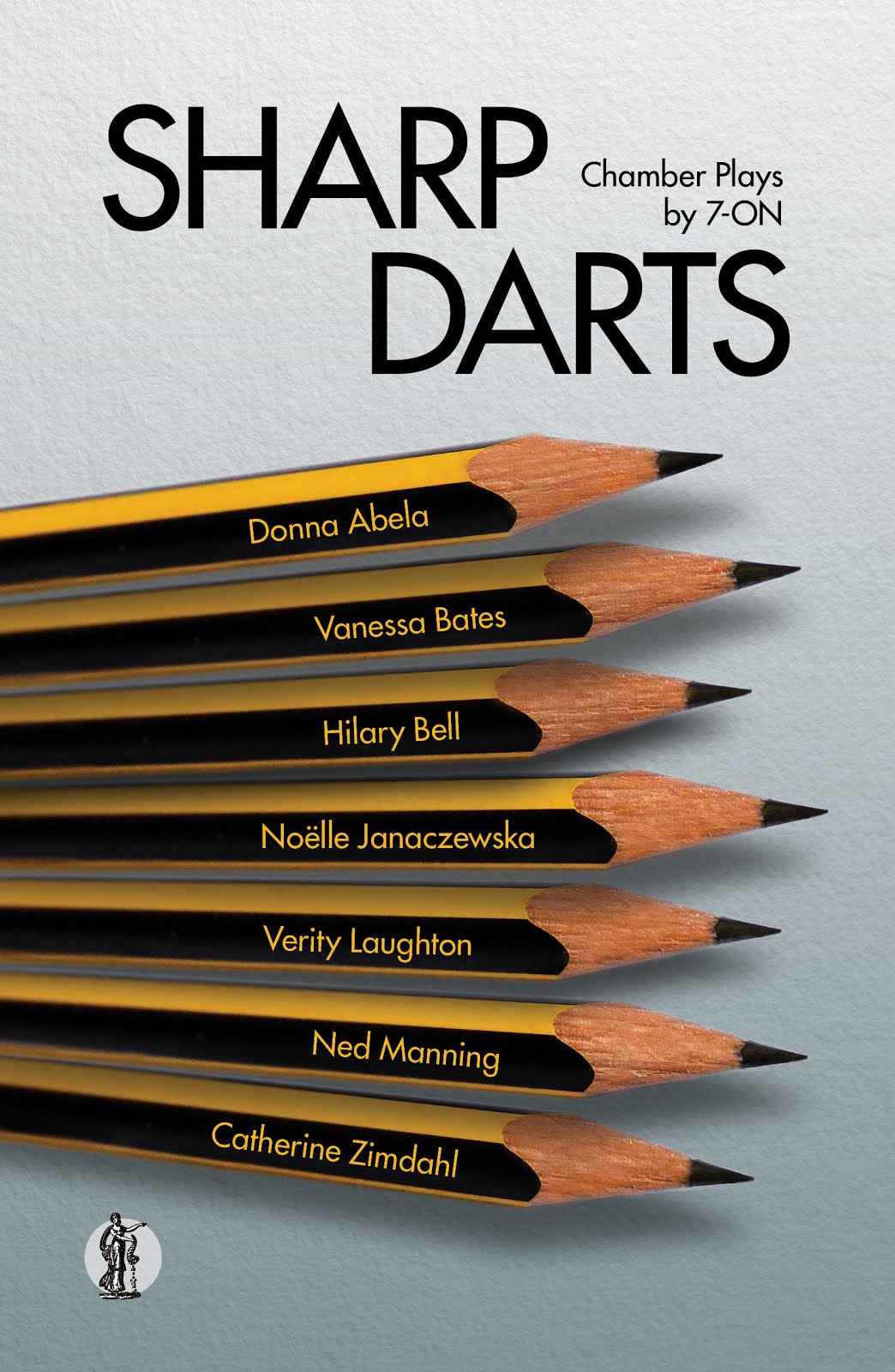


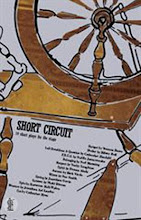

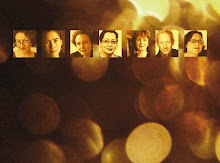
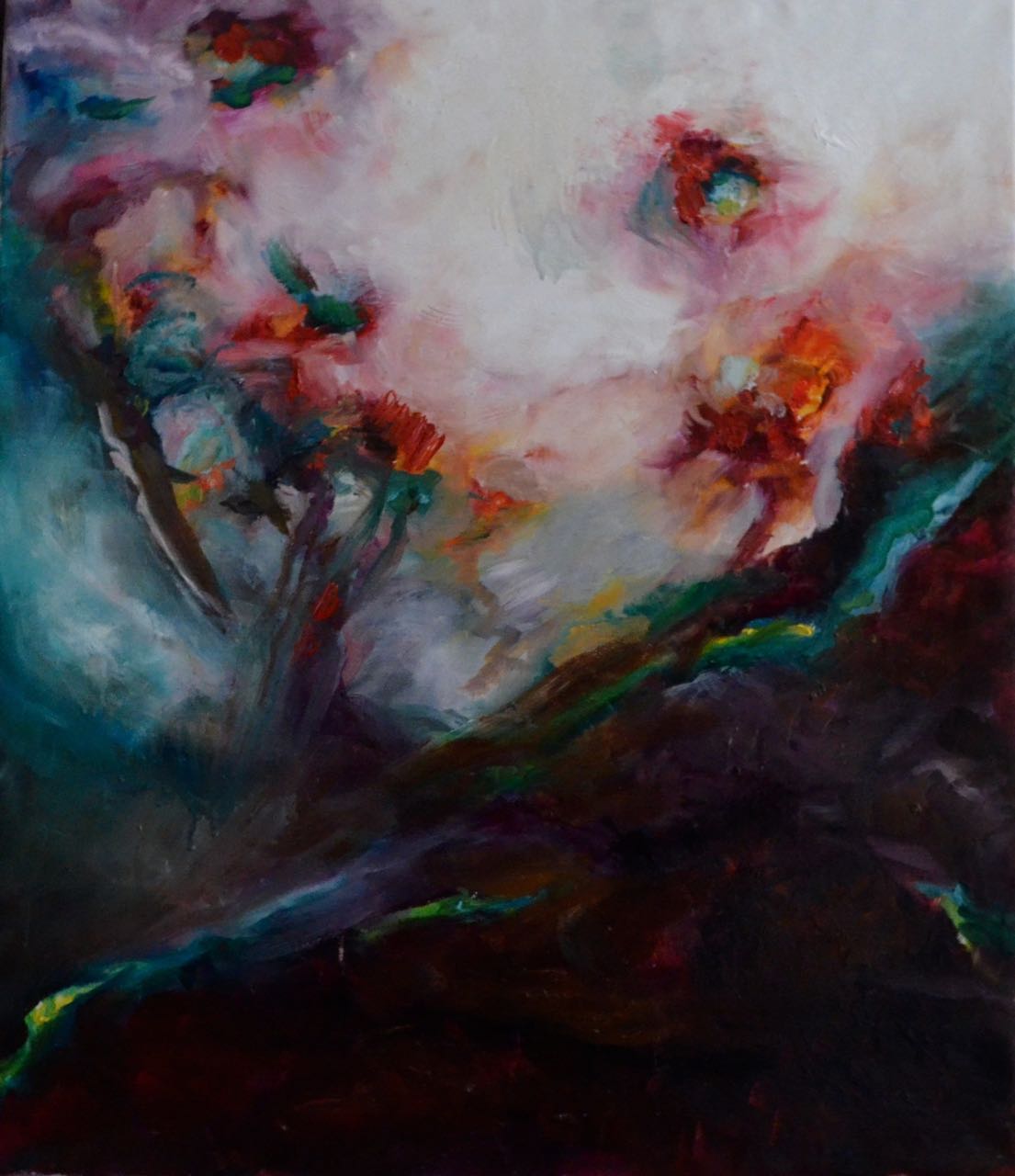
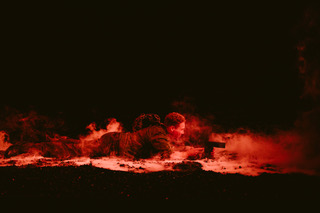




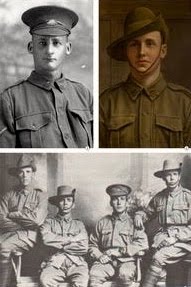
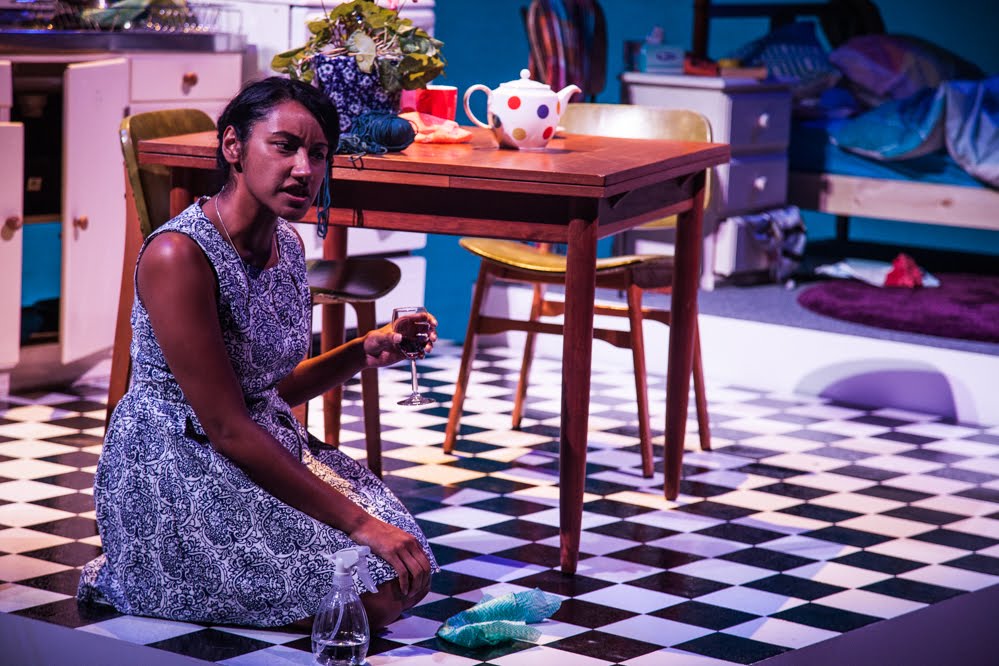
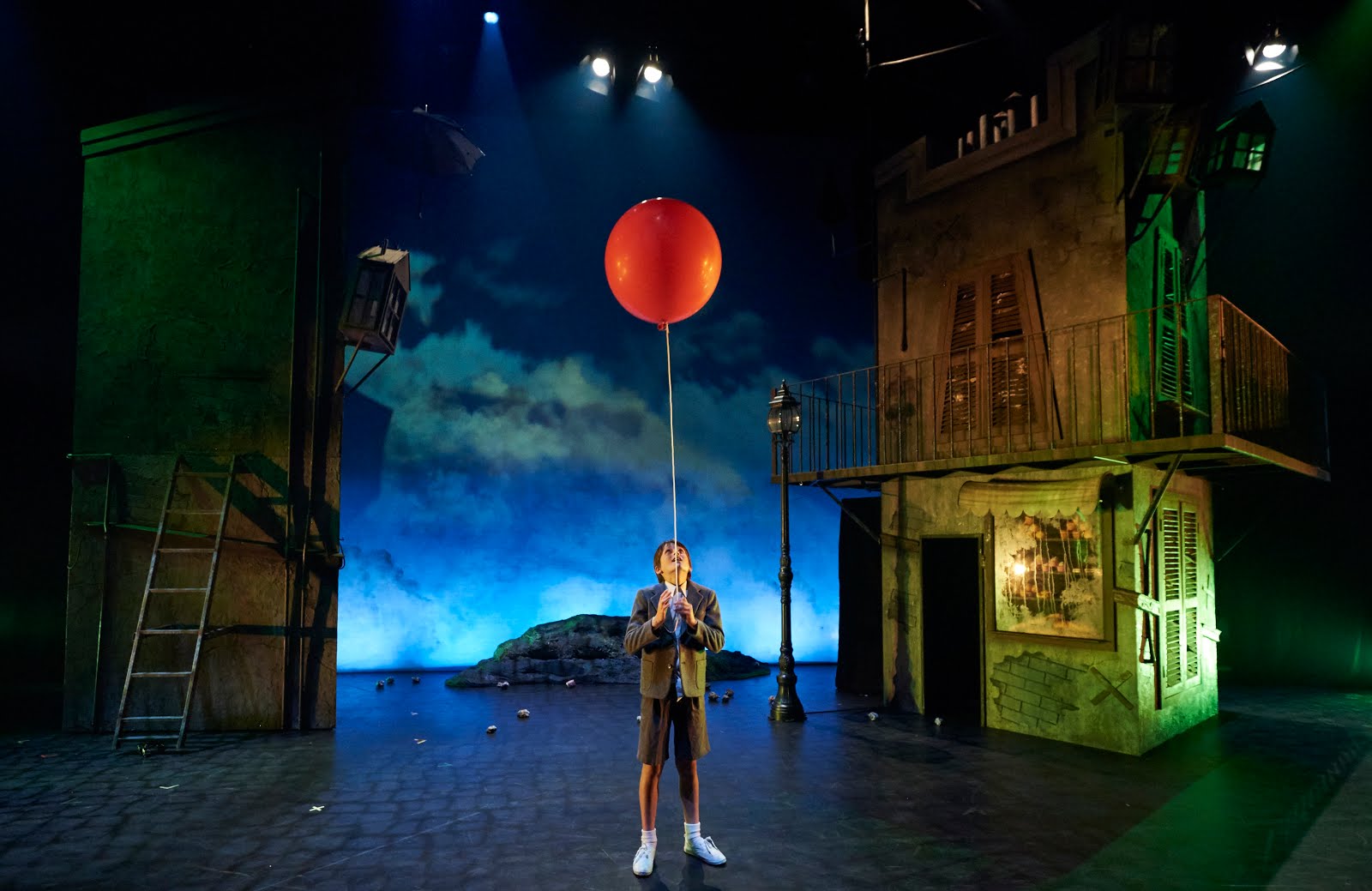

No comments:
Post a Comment